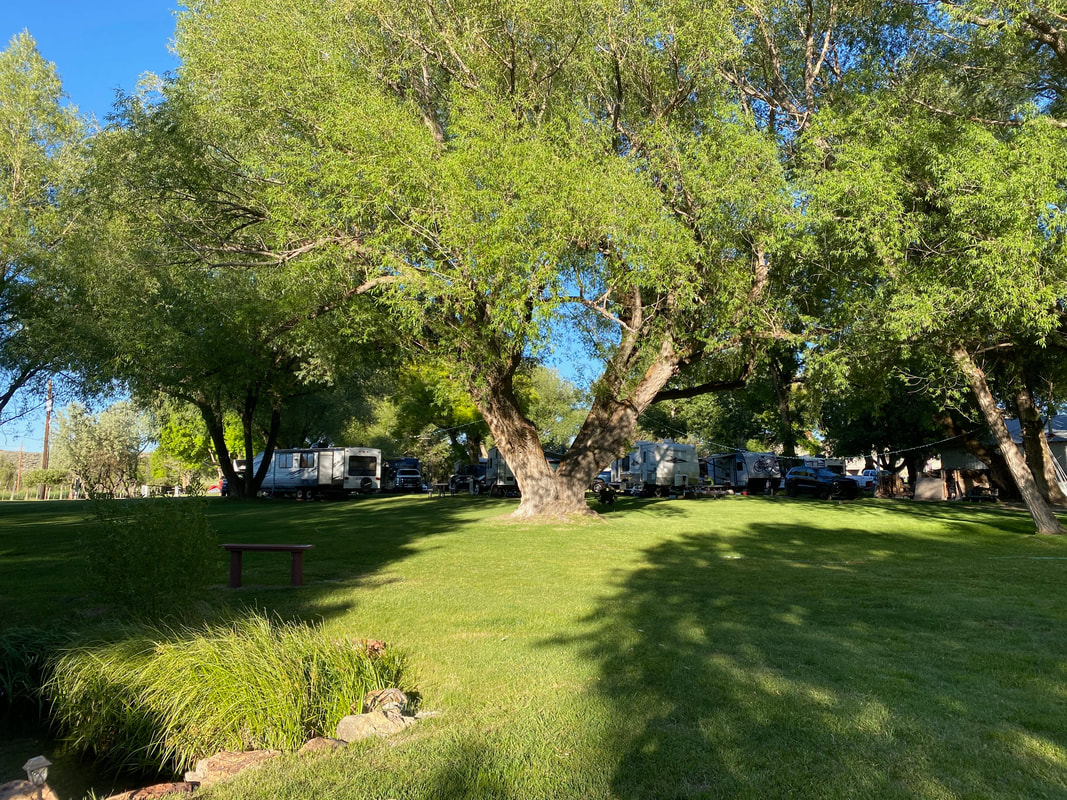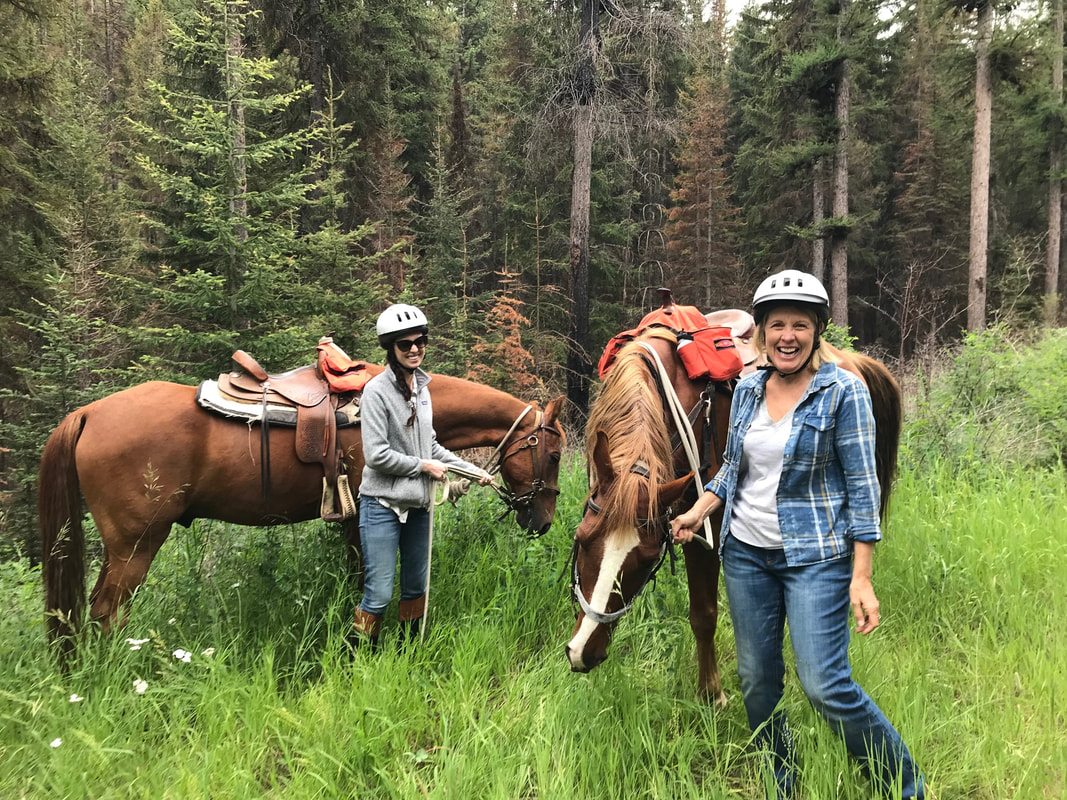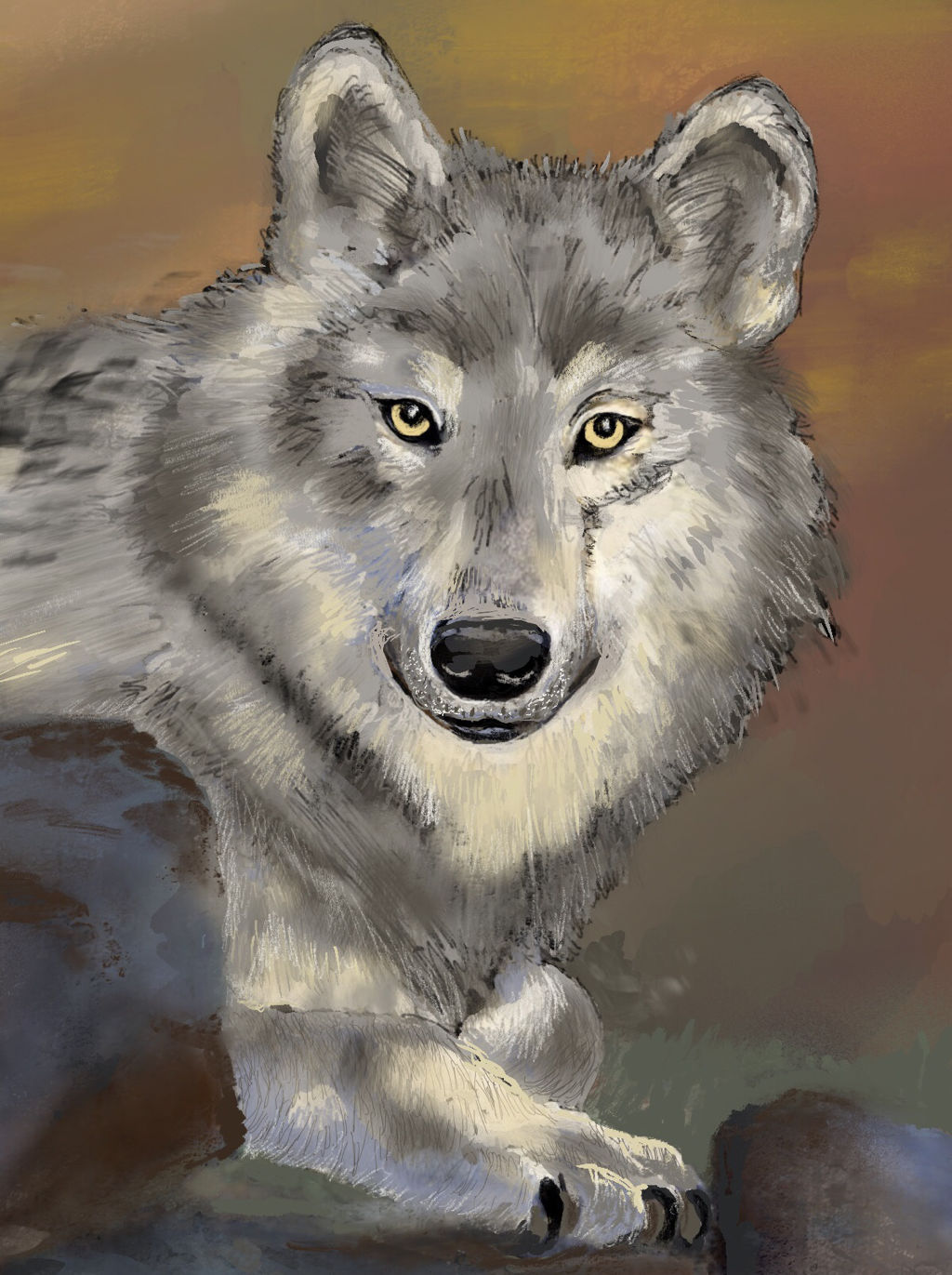|
Like the rest of nature, humans answered the distinctive songs of spring—longer days, warmer nights, and increased activity. Emerging from more than a year of uncertainty, people are overwhelmingly getting outdoors and enjoying interacting with each other. Activities range from small picnics in a park, to the great western migration of RVs and minivans filling National Parks and state campsites. We were no exception. Our last trip out of state was in January to visit family. Mountain tops reflected the light in coral and blue, and the roads were snowy. These past few weeks, nature decided to give us bonus points on our travel stops, and the mass of humans in National Parks gave us an opportunity to explore lesser known spots, which was rewarding.
0 Comments
That girl's got her eyes on a fadin' horizon
Here come the last line of our favorite song It's the end of an era She's gonna tear up That interstate on her way to Charleston That Logan Mize song is stuck in my head. The interstate I'm interested in is 80, then on to HWY 93 up the Bitterroot Valley into Montana, cruising in between the Bitterroot Range and the Sapphire Mountains. It's where the river runs, the small towns welcome guests in quaint diners, and wildlife and wildflowers abound. It's been a heck of a ride Cabrillo College. You nurtured me as a student, a part time faculty member for four years, and ultimately twenty-four years as a tenured faculty member. I will miss this amazing higher ed community, and the friendships made along the way, both at Cabrillo and the California Community Colleges Distance Ed Coordinator Organization. It's time to step into a life that honors the immense love I have for my family, and to support their future by being present for them forever and always. Daughter-in-law Jessie and I are just off a trail used by Louis and Clark outside Traveller's Rest. Tasty grass for the horses. Cabrillo College, you're an institution that serves a community that loves and respects you. You've established programs and services that help students find meaning in life through in higher education. This morning I read essays and poems from Cabrillo's English 1B social justice journal, Journal-X, brilliantly curated by Victoria Bañales. It's a powerful body of work. I hope it helps Cabrillo find meaning in what must be done to better serve students. I hope it affirms that in the classroom, thoughtfulness, empathy, and a willingness to care go hand in hand with students' sense of belonging. Students must feel they are trusted, and when life becomes impossible to perform at their best, it is not a sign of failure. Teaching is formed by a variety of experiences, mostly unpredictable, and courses are theoretically supposed to develop over time.
Cabrillo, you can change your name, but can you also change your learning environment to be more inclusive and equitable? Be bold. Give faculty opportunities to design across a plethora of instructional modalities. Some instructional models are "needlessly complex in order to create a mystique of intellectual rigor." (Stommel and Burtis, April 2021) Cultivate pedagogical expertise, and support faculty development efforts. Instructors should be seen as partners in the research and redesign of teaching so when life becomes impossible for a student, the rug doesn't get pulled out from under them. |
Archives
October 2023
Categories |



 RSS Feed
RSS Feed